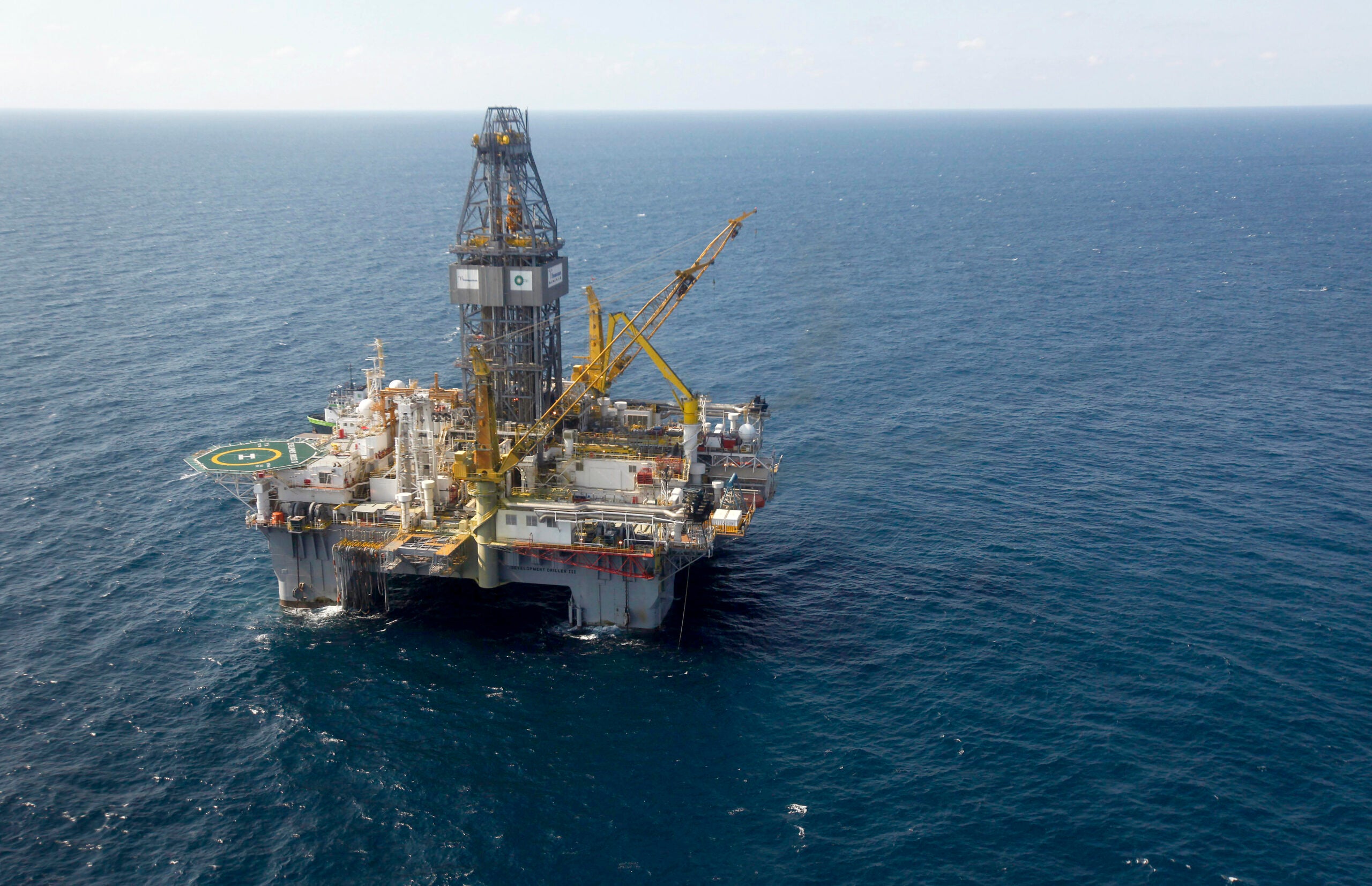Earthjustice goes to court for our planet.
We’re here because the earth needs a good lawyer.
A Scaled-Back Offshore Leasing Plan Opens Door to Decades of Oil Extraction
This page was published 2 years ago. Find the latest on Earthjustice’s work.
What happened: Today the Biden administration unveiled its Five-Year Program for offshore oil and gas drilling, proposing to hold three lease sales between now and 2029 in the Gulf of Mexico.
Why it matters: This finalized plan reflects a considerably slimmed-down version from the administration’s draft plan, which would have opened the door to 11 lease sales. The scale back suggests that the Biden administration is hearing the concerns of environmentalists and impacted communities who mounted an intense opposition campaign to the original plan. Nevertheless, the sales under this program would lock the U.S. into up to 70 additional years of offshore oil and gas extraction, further burdening the health of Gulf communities and imperiling our climate.
How this process works:
- Where and when: The Five-Year Program specifies where and how often over a five-year timeframe the federal government proposes to auction off U.S. waters to oil companies seeking to drill for oil and gas.
- Highest bidder: During these auctions, oil companies submit bids and are awarded leases for long-term development.
- Agency process: The plan, also known as the Outer Continental Shelf Oil and Gas Leasing Program, is drawn up every five years by the Department of Interior.
- A ceiling, not a floor: Interior is not obligated to hold all scheduled lease sales in the Five-Year Program and can later decide to forego those sales. Such cancelations are not uncommon.
Climate considerations:
- Incompatible with goals: The plan represents a step backwards from the White House’s stated goal to slash greenhouse gas emissions in half by 2030. The sales would result in hundreds of millions of tons of carbon pollution based on Interior’s own estimates.
- No oil shortage: Oil production in the U.S. is already on track to reach an all-time high in 2024 regardless of this plan. The industry already possess more than 2,000 active leases that cover more than 12 million acres of offshore territory in the Gulf.
- Tied to IRA: The Inflation Reduction Act (IRA) requires some offshore oil and gas leasing to happen before allowing some renewable energy leasing. Interior cited this connection as justification for proposing the three new oil and gas sales.
- Our legal reading: However, Earthjustice’s reading of the IRA finds that Interior did not need to include more than a single oil and gas lease sale in the Five-Year Program to allow for planned federal offshore wind leasing.
Additional harms:
- Environmental justice: Residents living along the Gulf coast suffer from disproportionate health burdens due to life-threatening, toxic industrial pollution directly connected to federal offshore oil and gas leasing.
- Endangered whales: Vital Gulf ecosystems and species such as the critically endangered Gulf of Mexico whale will continue to face harm from further offshore drilling. Seismic blasting, ship strikes, and numerous spills, including the massive BP spill in 2010, are among the damages.
Earthjustice has challenged every lease sale held in the last five years in court, because the lease sales have not lived up to federal environmental laws.
“We will continue to work alongside Gulf Coast communities to challenge new leasing and transition beyond a fossil economy that is poisoning people and driving climate change,” said Earthjustice President Abigail Dillen.

An offshore drill used in efforts to seal the well that blew out in the 2010 Deepwater Horizon oil spill in the Gulf of Mexico. (Gerald Herbert / AP)
More oil and gas industry activity in the Gulf threatens the already critically endangered Gulf of Mexico whale. Join us in calling on the Biden administration to fully protect the whale.